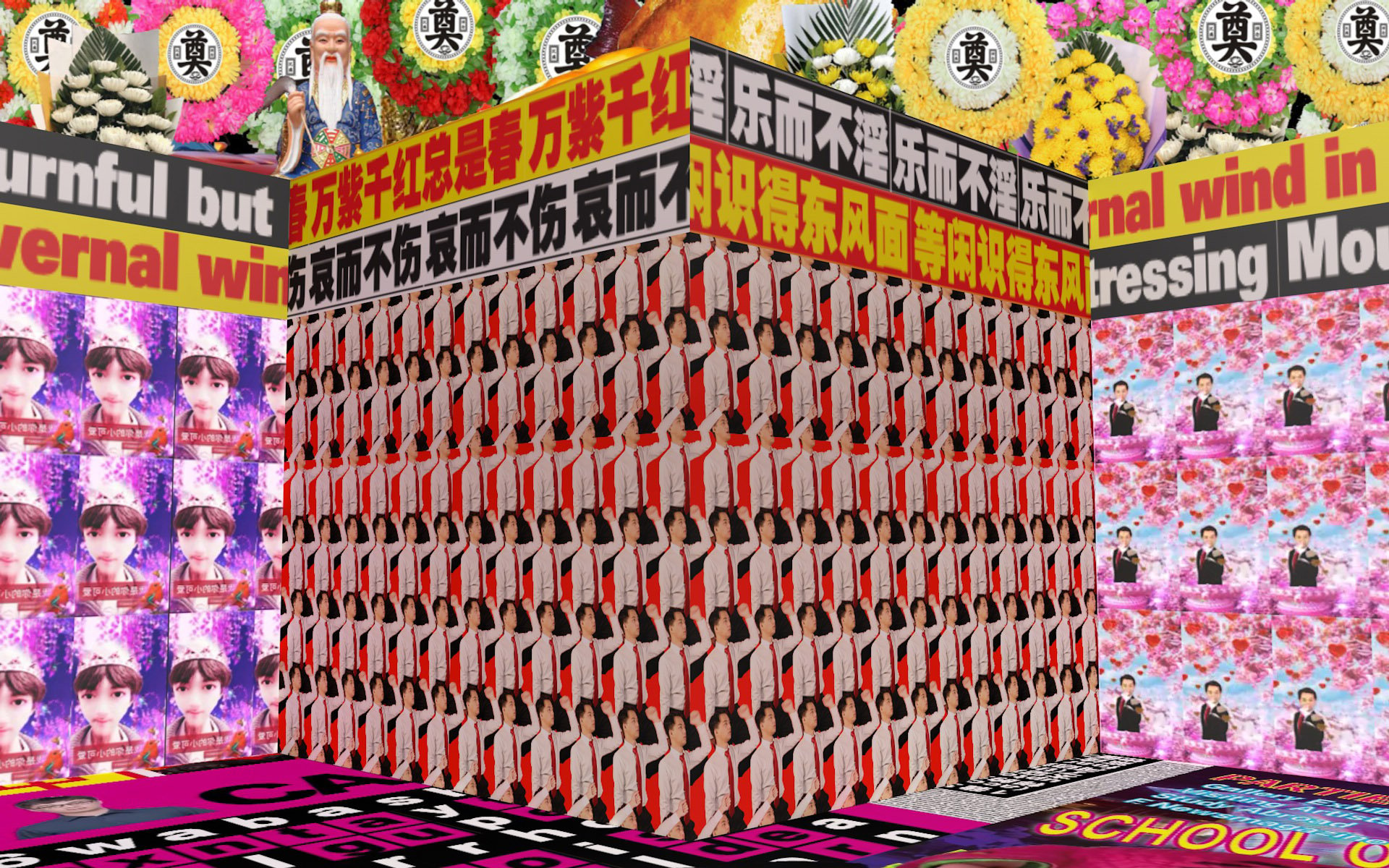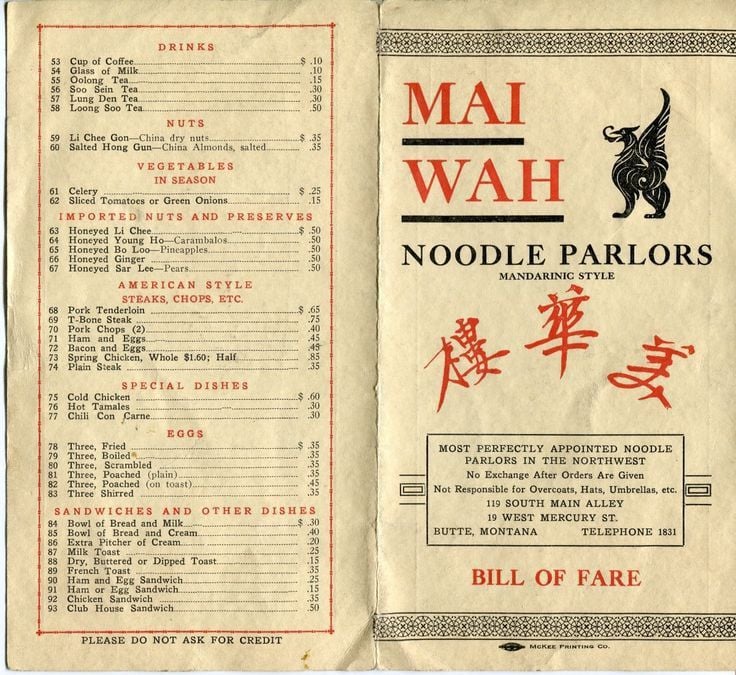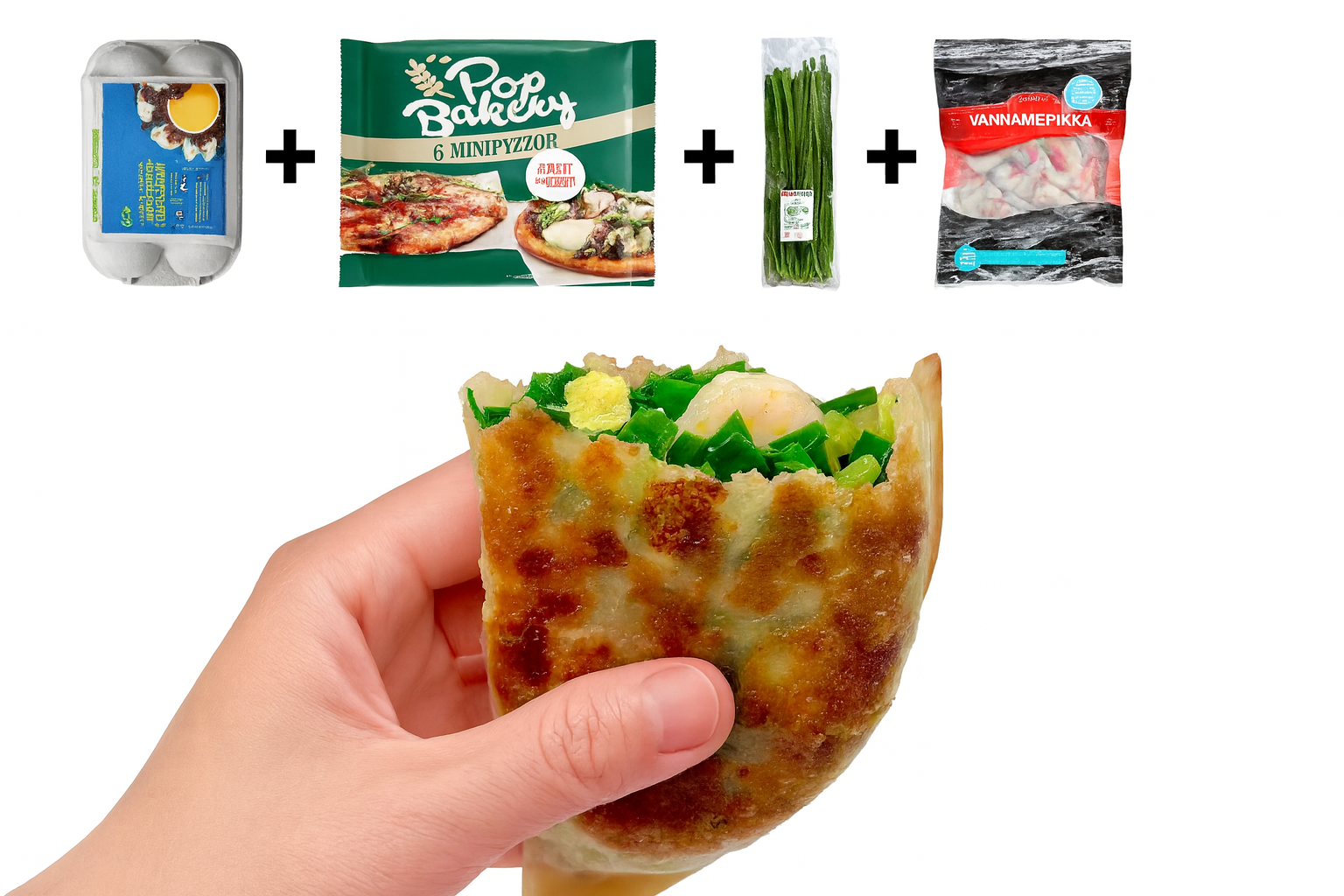Bland. Chewy. Humble. Niche. Many people in the US and Europe would find no fault in describing tofu with these words. But in China, where the tofu market revenue reached 24 billion USD in 2019, the foodstuff is a commonplace and fundamental part of both cuisine and culture. And if you’ve ever had Chinese food, you’ll know that it is anything but bland.
Tofu (or doufu 豆腐 in Mandarin) is a soybean product that dates back over 2,000 years. Making it is a relatively simple, but labor-intensive process: soybeans are soaked, ground, and filtered to make soymilk. The milk is then treated with a coagulating agent and pressed into loaves.
The end product, tofu, is such a staple food in China that tofu-related slang is embedded in its vocabulary (for example, “eating someone’s tofu” is used to describe creepy men who harass women).
Every step of the tofu-making process has yielded a diverse variety of protein-packed and tasty ingredients that can be found on practically every Chinese street corner. Fresh soymilk is popularly eaten as a breakfast snack eaten with fried bread (or youtiao 油条). Skim the film off the top of the boiled soymilk, and you get the ultra-versatile tofu skin, or doufu pi (腐皮), often found in stir-fry dishes and dipped into hot pot. Skip the pressing step, and you get the smooth silken variety made famous by mapo tofu. Press it extra hard and you get dougan (豆干), which can be eaten cold and dipped in soy sauce, or stir-fried with chilies and vegetables. The list goes on and on with dozens more variations, and hundreds of different dishes.

Sichuan-style smelly tofu (image: rovyyy via Pixabay)
In some countries, however, tofu is usually seen through the lens of utility — it’s always the alternative, but never the star. This is probably what led Larissa Zimberoff, author of a controversial Bloomberg Asia article that made use of the description we opened this article with, to write about tofu as if it was a myopic product whose ascendence in the US could only be attributed to a pandemic-scale change in behavior. In the article, she describes tofu as a “once-niche” foreign import “frowned upon by some for a lack of taste and strange texture,” completely incompatible to the sensible American palate.
Immediately, Asian Twitter jumped to tofu’s defense, citing Zimberoff’s description of tofu as ethnocentric, condescending, and most importantly, inaccurate.
im sobbing at bloomberg ASIA dunking on tofu like their writer has clearly never consumed any tofu ever in their life. the only tofu i can think of that’s chewy is fried tofu and that shit slaps
— teddy (@canyoudamianot) June 13, 2020
Others pointed out that the language was reminiscent of the age-old trend of white food writers unnecessarily exoticizing Asian food, often to the point of unrecognizability. Following the outrage, the article was revised to mention tofu’s popularity outside the US, and the controversial “white, chewy, and bland” social media taglines were deleted.
Tofu’s value, and the thing that most regions of China have understood plainly for thousands of years, is its versatility. Zimberoff’s characterization of tofu as “made from soybeans and little else,” presumably intended to portray it as bland, turns out to be the very thing that makes it great. Tofu was never meant to be eaten as is, and the thought of biting into a plain block of tofu — which Zimberoff seems to have envisioned — is laughable. Rather, it is like a blank canvas that sponges up any flavor you throw at it. From the softest doufu nao (豆腐脑) to fermented furu (腐乳), to the fried hairy variety from a street stall, the flavor possibilities are endless, and range from savory to salty, spicy, and even sweet (tofu desserts can be found throughout Asia).
Tofu was first introduced to the US by way of Benjamin Franklin, who described it as a “cheese” made of “Chinese caravances” (soybeans) in 1770. However, tofu wasn’t of national interest until World War I, when a production scarcity encouraged the US government to find a source of imitation meat and dairy. Soy became a hidden ingredient in many American food products by way of soybean oil, but still wasn’t widely eaten until a counterculture movement in the 1960s thrust tofu into the mainstream.
Meaning, of course, that it became an ingredient in white people’s kitchens through the modern day, when you now can find countless blogs touting tofu as a passable meat alternative for aspiring vegans and vegetarians looking to get their protein fix.
But what many Americans think of as a “niche” ethnic food is, to many Chinese, just food.
China’s relationship to tofu can teach us that good food amounts to layers of flavor and labor building upon each other. And most importantly, it can teach us that good food doesn’t have to be palatable to Western tastes in order to be legitimate.
Chinese food is often the result of processes upon processes, yielding complicated flavors foreign to Western palates but comforting to others. For example, fermentation and deliberate spoiling are processes used to make many tofu delicacies. Furu is tofu fermented in wine and other flavorings until it becomes a spreadable, pungent condiment that many liken to cheese. Smelly tofu and hairy tofu are specialties from China’s Anhui province that involve fermenting tofu in flavored brine and, in the case of hairy tofu, left for several days to develop its trademark white fuzz.
Related:
 Chinese Food for Dummies, Region by RegionOur primer on some of the most beloved regional cuisines in mainland ChinaArticle Jul 28, 2020
Chinese Food for Dummies, Region by RegionOur primer on some of the most beloved regional cuisines in mainland ChinaArticle Jul 28, 2020
All of these preparations are not only commonly used in Chinese cooking, but also important backbones for other dishes and preparations that add yet more layers of flavor. Any “simple” bowl of Chinese noodles is made of ingredients like soy sauce, vinegar, and pickled vegetables, made up of complex processes that took thousands of years to cultivate and perfect. Despite their deceptively simple ingredients, what factors into most Chinese dishes are qualities of patience and resourcefulness, hard work and complexity.
Tofu is a perfect example of the Chinese culinary tradition of transforming simple products that take a bit of work to produce. This is what China can teach us most about tofu: how to take a “humble” product such as the soybean and create something not so humble — food that satisfies billions of people.
Header illustration: Helen Haoyi Yu
















